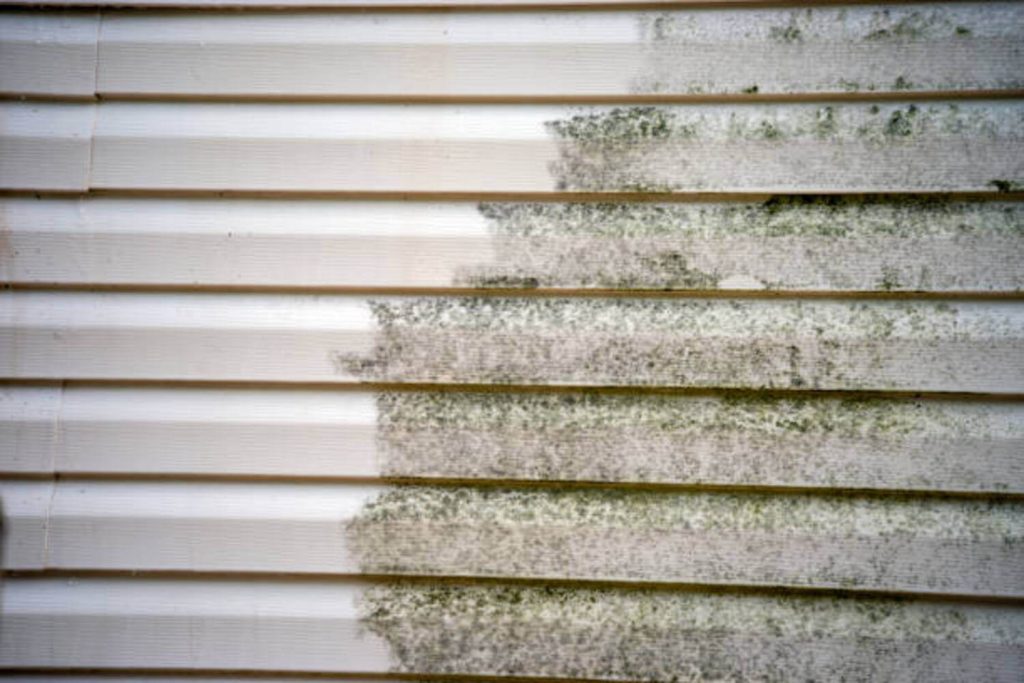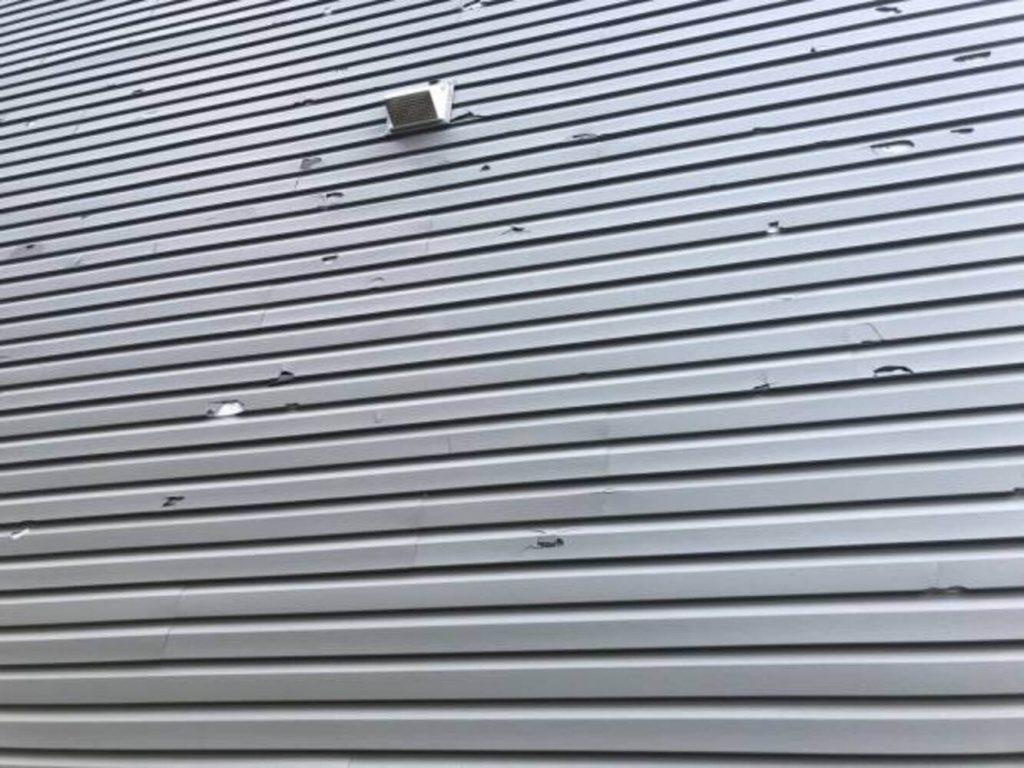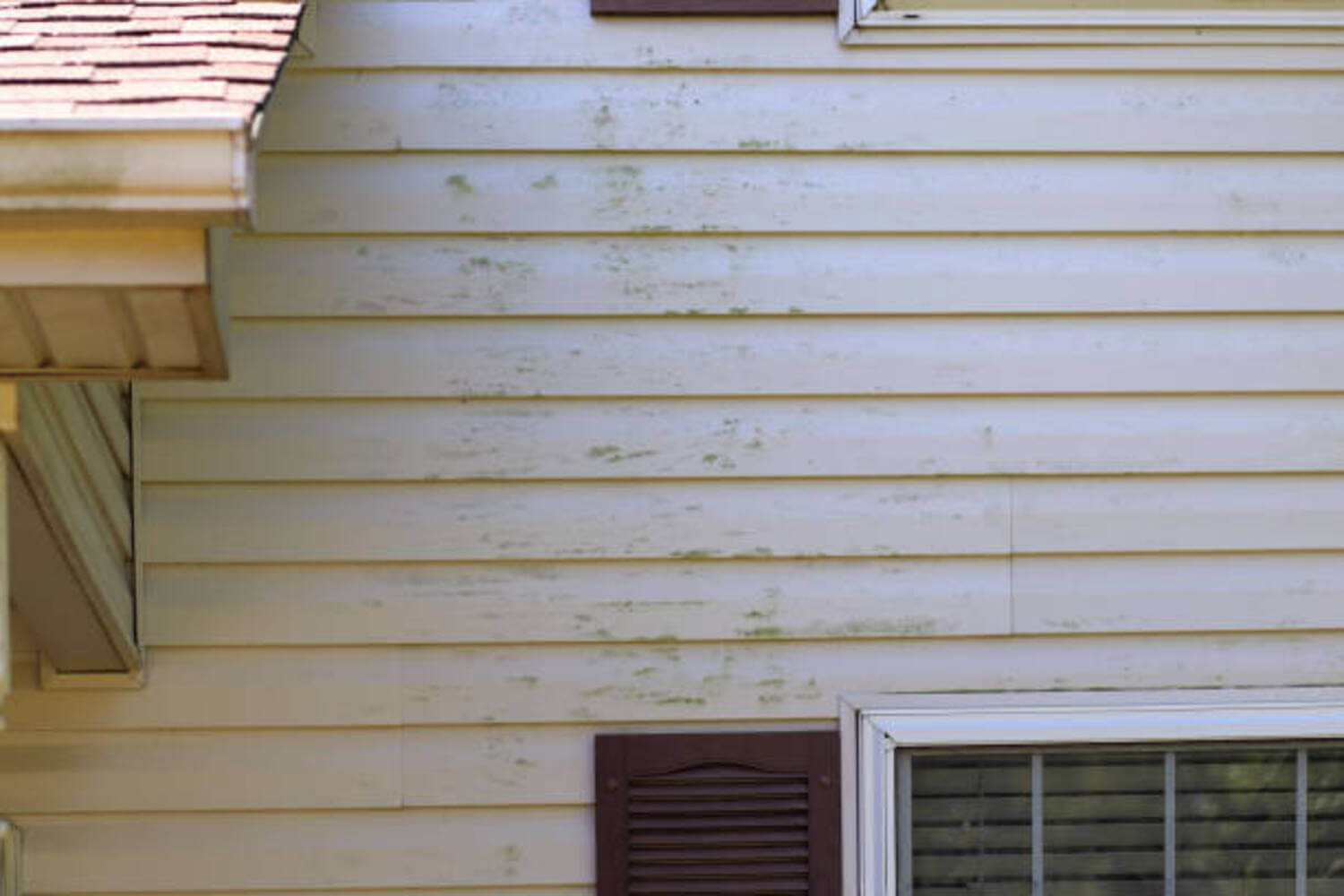If you’re planning on selling your house in the near future, it’s always c wise to make some slight renovations or repairs before getting an appraisal. These home improvements will increase the price of your property and help get it sold sooner. At first glance, it might seem like such investments only incur unnecessary expenses, especially when it comes to siding repairs. While this can be true, there are cases when you have to replace your entire exterior. Wondering when the right time for that is? This blog post is written just for you. Here are several siding considerations to make before selling your house.
Signs That Your Siding is Damaged
Before deciding on replacing or repairing your home’s exterior, it’s imperative to catch the tell-tale signs of damage to your siding first. Generally, the signs can be pretty evident, although sometimes, minor issues can slowly creep up and take you by surprise. Don’t worry, though. Here are some apparent indications that your siding isn’t in its best condition:
- Cracked or warped siding: Notice your siding starting to crack or warp? Temp changes or moisture has likely done work beneath the surface. This can lead to mold growth that will be harder to address later on when left untouched.
- Faded paint: Another hint that your home’s siding needs attention is faded paint or peeling material. Over time, the sun’s UV rays can take a toll on your siding and cause it to lose its color or start to come off.
- Rising energy bills: Did you know? Siding helps with insulation, so if you’ve noticed your home’s energy bills are way higher than usual, it could be a sign that heat is unnecessarily escaping through your exterior walls, causing the spike.
- Rotting siding: Organic materials, such as wood, are heavily prone to insect infestation and mold growth. This makes it susceptible to rotting, which can cause the integrity of an entire wall to be compromised if left untreated.
- Mold growth in interior walls: If you are seeing mold growth in the interior of your home, or some surfaces are notably cooler than others, it may be due to water damage on the outside. This can lead to property damage and even health issues such as allergies and respiratory problems.

Vinyl Siding Damage: To Repair or Replace?
Vinyl siding is one of the most popular siding choices for its practicality and affordability. However, it doesn’t come without any flaw. Common symptoms of vinyl degradation include cracks, chips, holes, and faded paint. Typically, you can just address small dents by caulking, but consider replacing entire panels for massive fissures since caulk won’t be enough to patch up the damage.
Fiber Cement Siding Damage: To Repair or Replace?
Fiber cement is another go-to for modern-day homeowners looking for a sweet balance between aesthetics and durability. Fiber cement, in general, is considered long-lasting with warranty periods of over 30 years. But this doesn’t mean it’s immune to damage caused by extreme weather changes. It’s more cost-effective to replace entire panels for fiber cement siding as it can be difficult to match the color when using a patch.
Aluminum Siding Damage: To Repair or Replace?
Although metal siding is known for its commercial purposes, it has recently found its special place among modern houses these days. One significant disadvantage to metal siding, though, is its susceptibility to rust. That’s why you don’t see coastal homes with metal siding. Much like fiber cement, it can be difficult to mask aluminum damage from prospective buyers, so it’ll be wise to consider replacing them entirely to keep your home’s curb appeal.

Wood Siding Damage: To Repair or Replace?
When it comes to aesthetics and environmental-friendliness, wood siding is the ultimate king. It has a pretty good insulation value while offering a stylish finish that many homeowners adore. But with great appeal comes greater responsibility. Wood siding is specifically prone it rotting over time. You can repair minor cuts using the same organic material, but it’ll make sense to replace everything entirely to avoid devastating surprises.
The True Value of Siding in Selling Your Home
A beautiful home is just as eye-pleasing as its exterior. That’s why many real estate agents strongly encourage spicing up a home’s siding before putting the property up for listing. In general, repair or replacement depends upon the extent of the damage.
You can choose just to make small repairs for minor chips, so you don’t have to spend extra on new panels. However, if the damage is quite extensive and blatant, potential buyers might be turned off by the looks of it and shy away from buying your house.
One Last Tip
You might be thinking of saving money by doing the repairs yourself. But remember that your siding needs quality work to increase its value. That said, it’s highly suggested that you hire a company to repair your siding or perform the replacement. It might seem like an added cost, but in the end, it will ensure that your prospect will be satisfied with the quality upon inspection. Definitely worth it!




